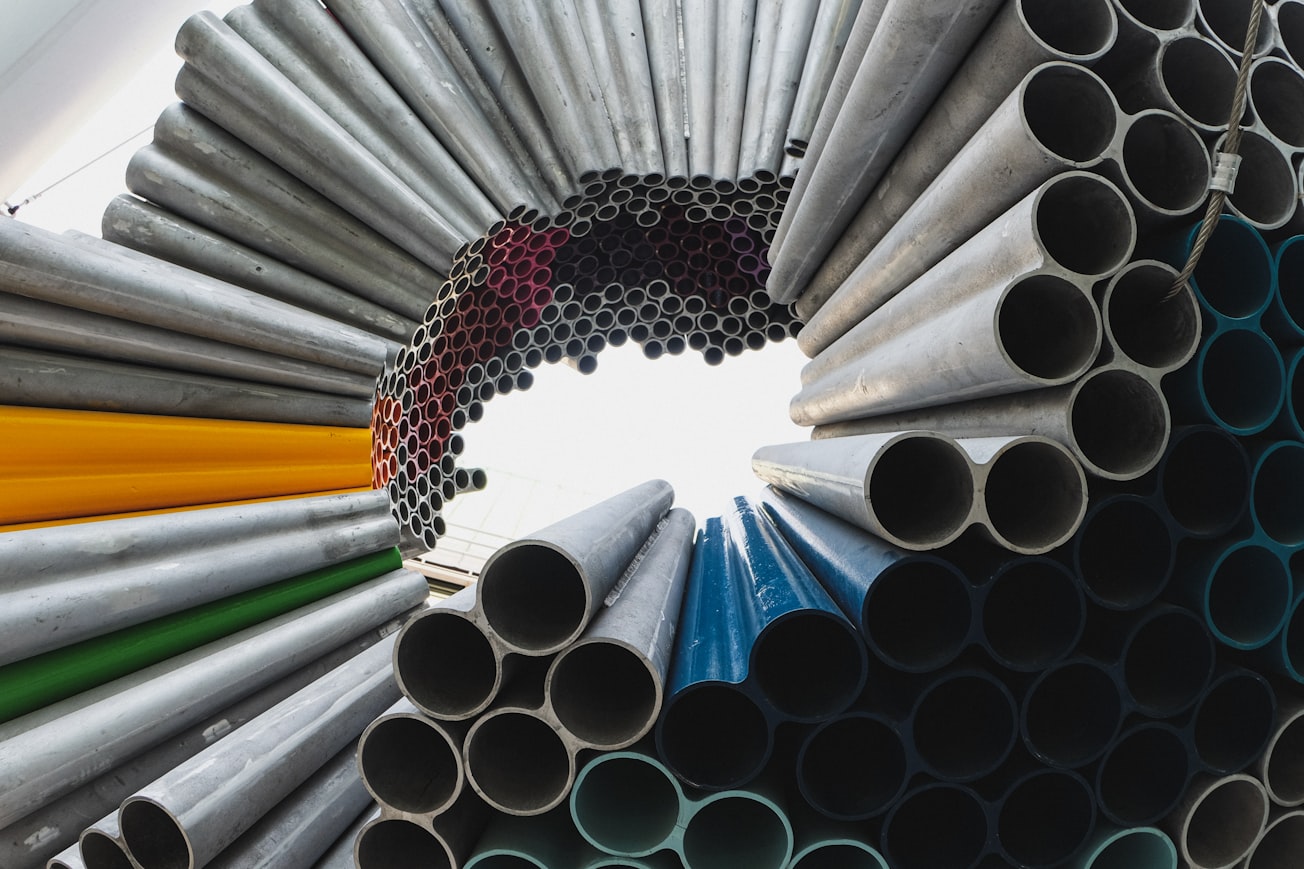What is it about?
A novel structure of metalloporphyrin, Zn(II) 5-pyridyl-10,15,20-tris-(3,4-di-methoxy-phenyl) porphyrin was obtained and fully characterized. The ZnPydiMeOPP porphyrin together with ZnTa2O6 and ZnV2O6 oxide materials, obtained by both hydrothermal and co-precipitation methods, were further used for anticorrosive coatings on steel in single and sandwich type PLD depositions. The deposited thin layers were topographically and morphologically investigated by AFM and SEM microscopic techniques and interesting self-assembling processes generating triangular architectures, ellipsoidal shapes or Kwatarionic structures were evidenced. All the deposited thin films were subjected to corrosion tests in 0.1 M HCl solution by measuring the open circuit potential (OCP) and recording the polarization curves with Tafel representation. Corrosion tests reveal that for all modified electrodes icorr and vcorr decrease in comparison with the unprotected steel electrode and that the thin films coatings which contain a layer of one pseudo-binary oxide hydrothermally obtained have the highest polarization resistance. In all cases containing porphyrin IE is always higher than 80%. The best inhibition efficiency (84.50%) was obtained for the steel protected with ZnV2O6 (h) / ZnPydiMeOPP despite the fact that this is not the smoothest layer but it provided a nonporous and continuously covered surface.
Featured Image

Photo by Christophe Dion on Unsplash
Why is it important?
The mechanism of corrosion protection might be explained by the physical/mechanical barrier effect, because corroborating the electrochemical results with the microscopy investigations resulted that Zn-porphyrins layers, no matter of their position on top or below, act as a barrier against the contact with acid ions thus protecting the steel surfaces. This can be explained by the decrease of the pores of pseudo-binary oxide layers due to the porphyrin incorporation.
Perspectives
The use of other ceramics and of novel porphyrins to get the best synergy will be an interesting approach to obtain more efficient composite sandwich layers exhibiting as corrosion inhibitors for steel.
Professor Eugenia M. FAGADAR-COSMA
Institute of Chemistry Timisoara of Romanian Academy
Read the Original
This page is a summary of: PLD deposited layers of pseudo-binary zinc oxides and zinc-porphyrin for steel corrosion inhibition, CORROSION, May 2020, NACE International,
DOI: 10.5006/3550.
You can read the full text:
Contributors
The following have contributed to this page







